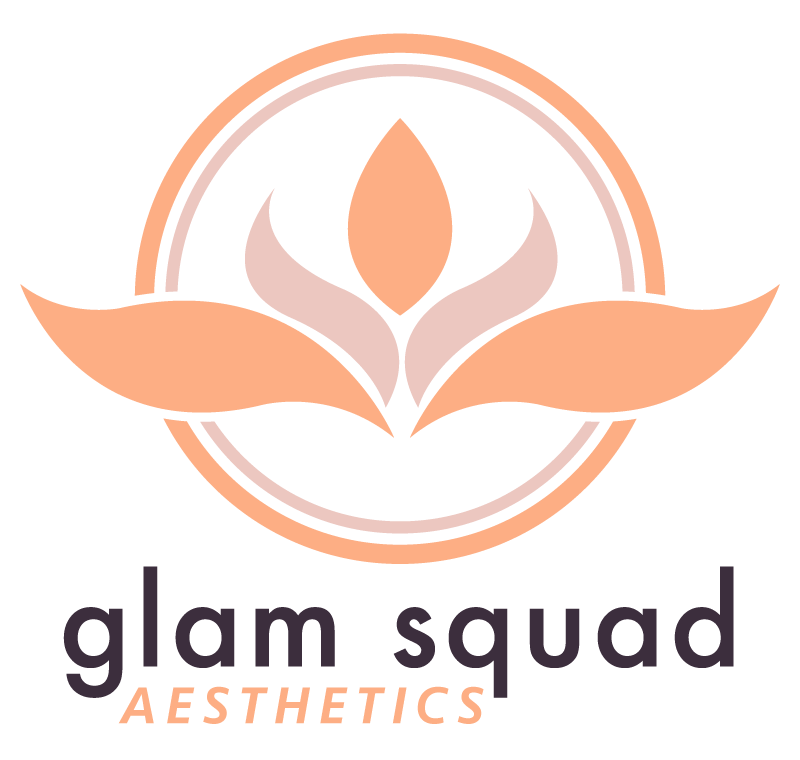Botox injections: Botox is a popular cosmetic treatment that involves injecting a small amount of botulinum toxin into specific muscles to temporarily relax wrinkles and fine lines. To master this technique, it's important to have a thorough understanding of facial anatomy and the proper injection technique and dosing.
Dermal fillers: Dermal fillers add volume to the face and smooth out wrinkles and fine lines. To master this technique, practitioners should know the different types of fillers available and understand the principles of facial anatomy and symmetry. Having a steady hand and a good eye for detail is also important.
Laser skin resurfacing: Laser skin resurfacing is used to improve the appearance of fine lines, wrinkles, sun damage, and other skin imperfections. To master this technique, practitioners should thoroughly understand laser physics, skin anatomy, and the different types of laser resurfacing procedures available.
Chemical peels: Chemical peels are used to improve the texture and tone of the skin by removing the top layer of dead skin cells. To master this technique, practitioners should understand the different types of peels available and the principles of skin anatomy and chemistry.
Microneedling: Microneedling is a minimally invasive procedure that involves creating microscopic injuries to the skin to stimulate collagen production and improve the appearance of fine lines, wrinkles, and acne scars. To master this technique, practitioners should have a thorough understanding of skin anatomy and the proper use of micro-needling devices.
In addition to mastering these techniques, it's also important for practitioners to stay up-to-date with the latest developments and advancements in the cosmetic aesthetics industry. This can be achieved through ongoing education and training, as well as by attending conferences and networking with other professionals in the field.
